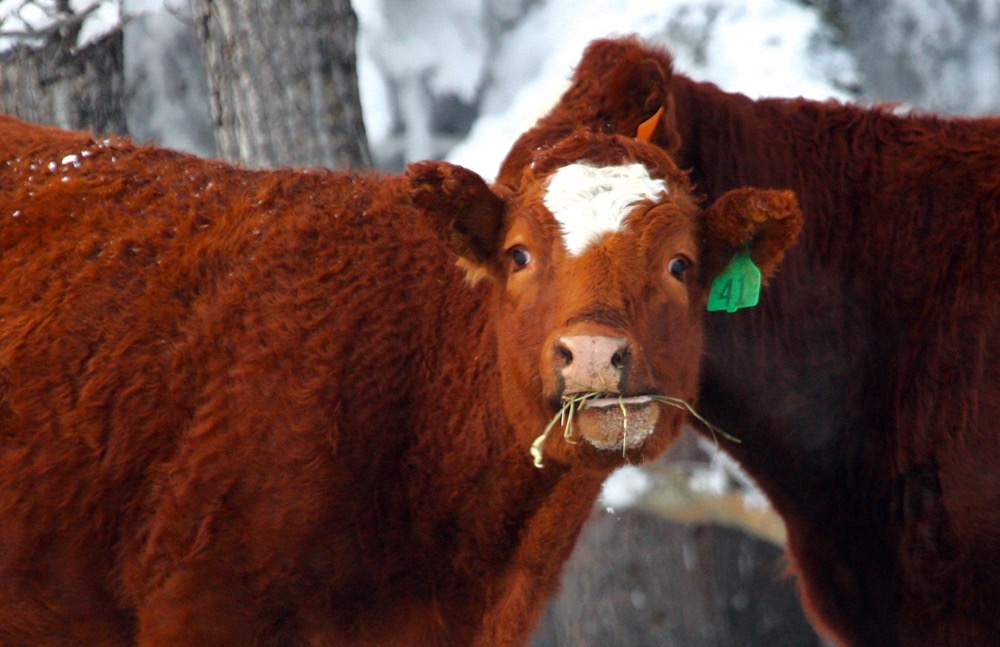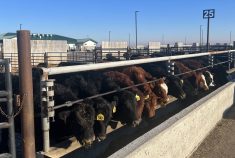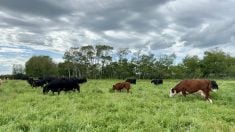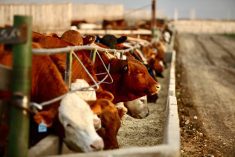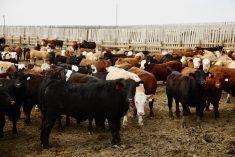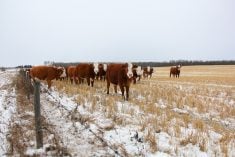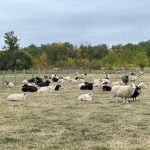As summer ends and fall begins, beef cattle producers will soon start weaning their calves. During this period, cows will return from summer pastures and undergo pregnancy testing. This is an excellent time to evaluate the body condition of your cows. Weaker cows with low body condition should be grouped together and provided with extra supplementation. After weaning, when cows are dry and typically in the second trimester of gestation, their nutritional needs are at their lowest. This is an ideal time to use supplements efficiently to help them gain body condition, reduce feed costs and prepare them for the colder winter months and successful gestation.
Recent data from the Canadian Cow-Calf Survey indicates that over 80 per cent of beef producers use some form of extended grazing strategy during this time. These methods have become more popular in Western Canada over the past 20 years due to their potential to lower labour and feeding costs, as well as eliminate manure handling. Some common extended grazing strategies include stockpiling perennial forages, bale grazing (hay or green feed), stubble/chaff grazing, swath grazing and standing corn grazing. The best strategy for each operation depends on factors such as climate, soil, topography and the specific goals of the farm.
Each of these strategies has its advantages and drawbacks. They all require cows to do more of the work, such as grazing and spreading manure. However, from a nutritional standpoint, these strategies can make it harder to meet the cows’ nutrient requirements. Cows in these systems will have a greater nutrient requirement for maintenance due to more energy spent walking and grazing. Another point to consider is that in these systems cows can selectively graze, and their diet might not match the feed analysis you performed. Often, producers must supplement cows to meet their nutritional requirements, but cows may not all consume the same amount, leading to uneven nutrient intake.
Read Also
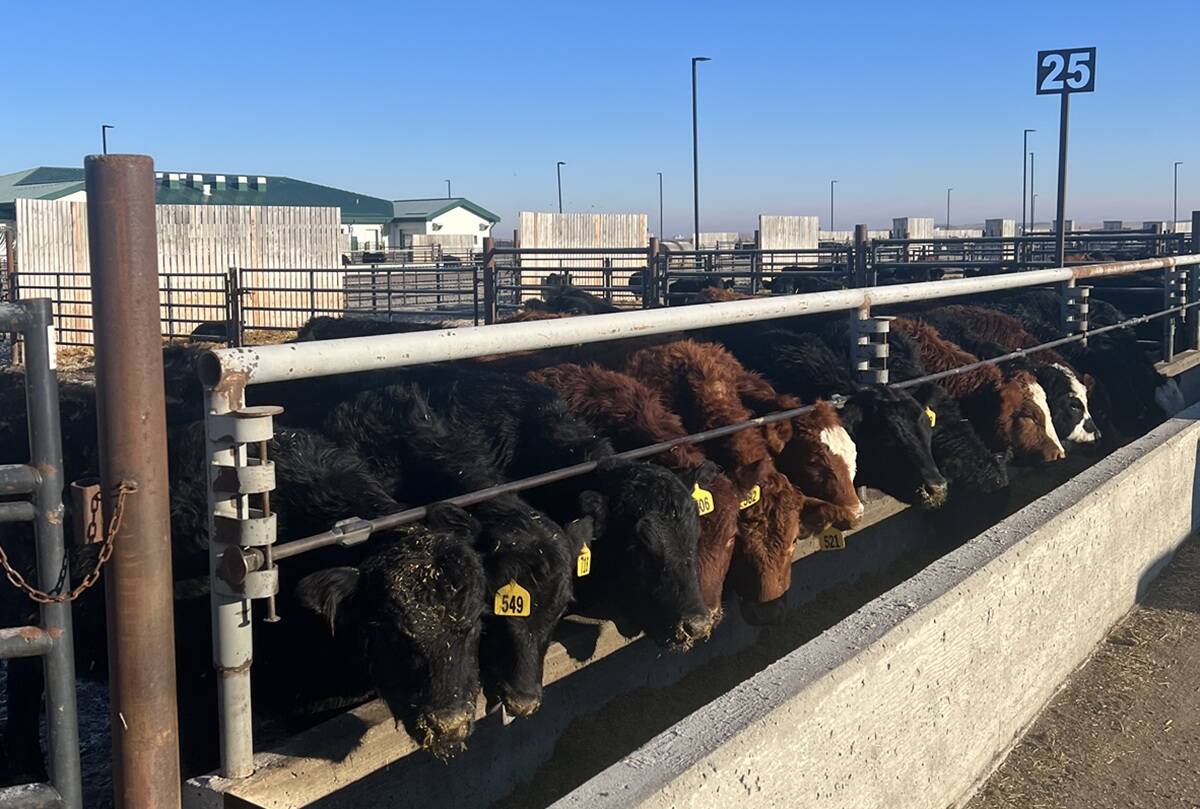
Managing newly received calves in the feedlot
What should cattle feeders focus on after calves arrive at the feedlot?
Pay special attention to weaker cows, such as first-calf heifers, older cows and those with low body condition scores. These cows may struggle to compete with healthier cows for feed and could lose body condition. To address this, ensure feed is available to all cows simultaneously, which can help reduce competition. In some cases, it may be necessary to separate weaker cows and provide them with feed in a different pasture or pen to ensure they receive the nutrients they need. Observing cows just after feeding can also help you determine if weaker cows have access to the feed or must wait until stronger cows have eaten.
Additionally, it’s crucial to ensure that high-quality water is easily available at all times. Adequate water intake supports better feed consumption, digestion and nutrient absorption. Very often water availability is an issue and trying to offer more feed to cows will not solve this problem.
For extended grazing options such as swath and corn grazing, managing access by limiting cows to no more than three days’ worth of feed at a time using electric fencing can improve feed utilization and prevent issues such as acidosis. When using stubble/chaff grazing, be careful as nutrient content can be quite variable. In general, greater feed supplementation will be needed due to the lower protein and energy content of these crop residues compared to other forage options such as hay or green feed. For more information on different extended grazing options and important considerations, visit beefresearch.ca. They also offer a checklist to help you choose the best extended grazing system for your operation.
In summary, now is the time to plan for fall and winter feeding. Analyze your feed resources and design feeding programs to reduce costs and improve profitability. Address cows’ body condition scores as needed to ensure a successful year ahead. Contact your nutritionist, veterinarian or extension specialist to support you if needed. They are eager to help you plan the year ahead and prevent unwanted outcomes!


